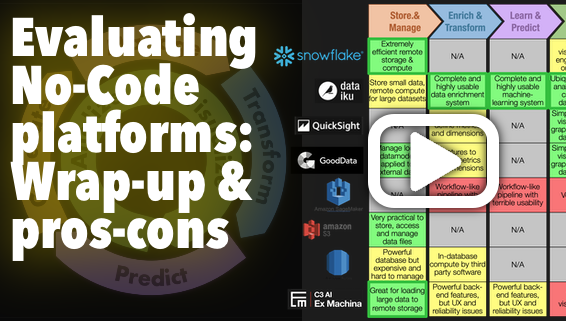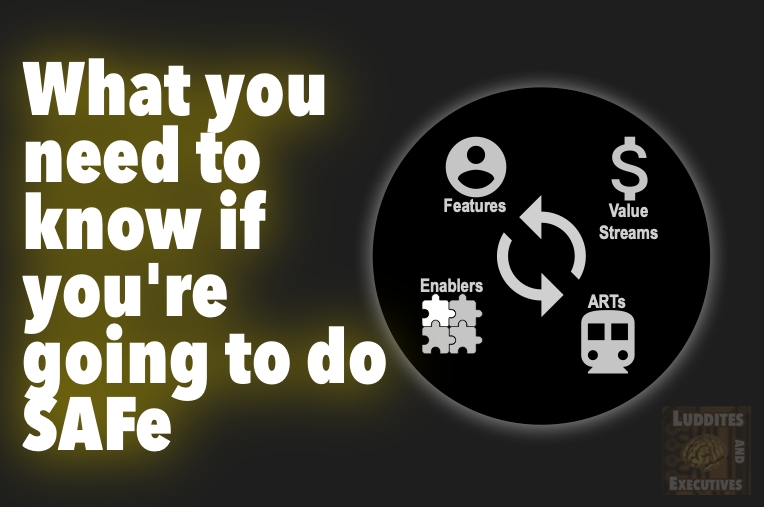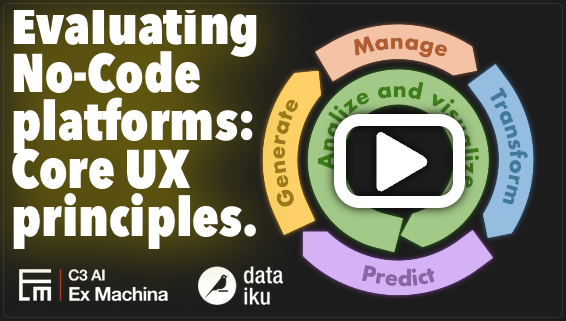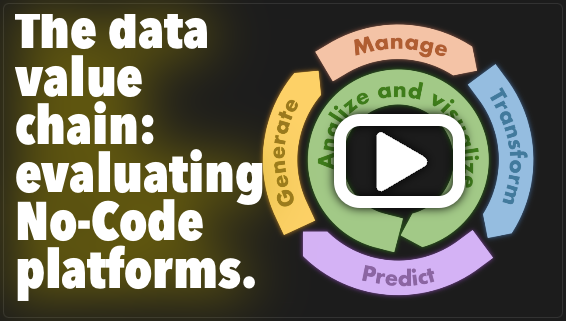

If I've been involved with governing Agile projects, read Forbes articles about Agile and whatnot, how do I know if I *really* understand it? What are the criteria, from the point of view of an Agilist, that show that you “understand Agile”?

A quick reminder is in order here, because “productivity” is also a word that we
often use without thinking about what it actually means:
Productivity is the ratio between units of output per

The digital and AI revolution is a process accelerating the emergence of new opportunities and threats in every market. This uncovers new strengths and exposes new weaknesses in your business all the time.
I propose new goals for Customer-centric Agile Digital Transformation to face this fact.

What does it mean for a product to have Value? A product has a price, and there are plenty of methods to determine willingness to pay. How does that relate to how much Value a product creates?
I continue my investigation of the concept of Value in this installment of the Measuring Value series.

If we want to claim that we are doing Value-based management, we have to be clear about what value is.
The concept "Value" is one that has been intriguing me for a long time. It carries an obvious good vibe to it but its definition is rather fuzzy.
I want to explore this concept in more depth.

The way "data quality" is being talked about is wrong, it misses important points about the problem of data in real world AI projects.
My view is that the largest room for improvement in model accuracy is not in the either/or of algorithm / data "quality".

How do Dataiku, C3.ai's ExMachina, Sagemaker, Snowflake, Quicksight and Gooddata join datasets, modify/enrich data, train a machine learning model, access and store data and create visualization graphs. With videos.

Where I emphasize that SAFe is not a framework for just organizing development teams and maintaining a backlog. SAFe pushes Agile management up into sections of the organizations that were hitherto relatively untouched by previous Agile framework implementation generations.

There is tension between Value as accounted for on financial statements versus by customers, operations and product development.
Inspired by this tension, I consider my own experience leading change, and try to lay foundations for a Value-Driven Change Manifesto.

Any solution to a productivity problem must address both organizational and cognitive rationality. I start my review journey into data platforms by loading a CSV to C3.ai Ex Machina and Dataiku DSS to understand how they leverage UX to meaningfully represent the data workflow.

The current discussion about the putative waning role of data scientists has to do with the technology that is available to non-data scientists.
I am starting a multi-episode review of the platforms in this space. The first question is: what are the drivers of the data and AI workflows?

AI software development is exactly like any other software development, and completely different at the same time. AI is the process that blurs the boundary between data and software. The data becomes the algorithm. It's the ultimate implementation of the vision of Alan Turing's universal machine.












